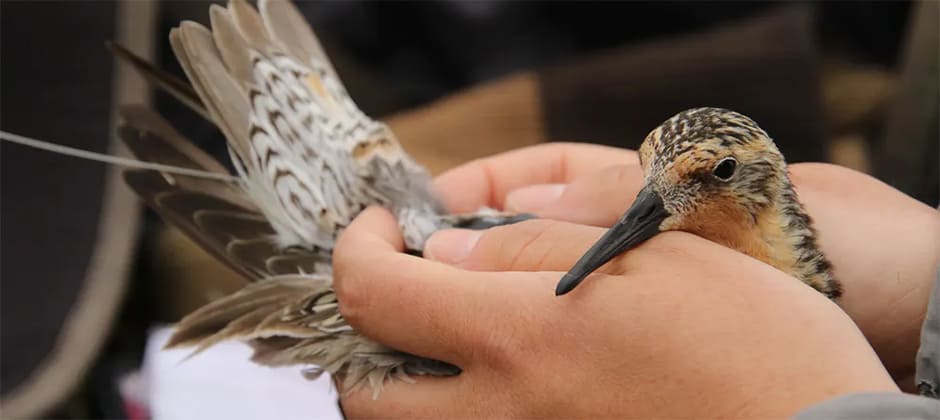Share this article
Researchers extend bird tracking system to Mexico
What brings a million birds that breed in the Arctic to winter on the coast of northwest Mexico? “The truth is, researchers don’t actually know,” writes Julián García Walther, a PhD Student in ornithology at the University of South Carolina. He’s working to extend a North American network of radio antenna devices called Motus stations into Mexico to better understand the activities of red knots (Calidris canutus) and other shorebirds.
The process involves attaching tiny transmitters to the birds that send signals the stations can pick up. To catch the birds, researchers will set up a spring-loaded whoosh net in sandy areas where the red knots rest.
“For researchers like me, this data will allow us to understand how the movement of shorebirds might be disrupted as global threats such as sea level rise continue to affect the coastal wetlands they depend on,” García Walther writes in The Conversation. “In turn, conservationists will be able to implement better and more effective on-the-ground actions to conserve species like red knots.”
Read more here, and watch below for a video of a whoosh net in action.
Header Image:
Any bird with a transmitter will be picked up if it flies within 12 miles (20 kilometers) of a Motus station.
Credit: Julián García Walther








